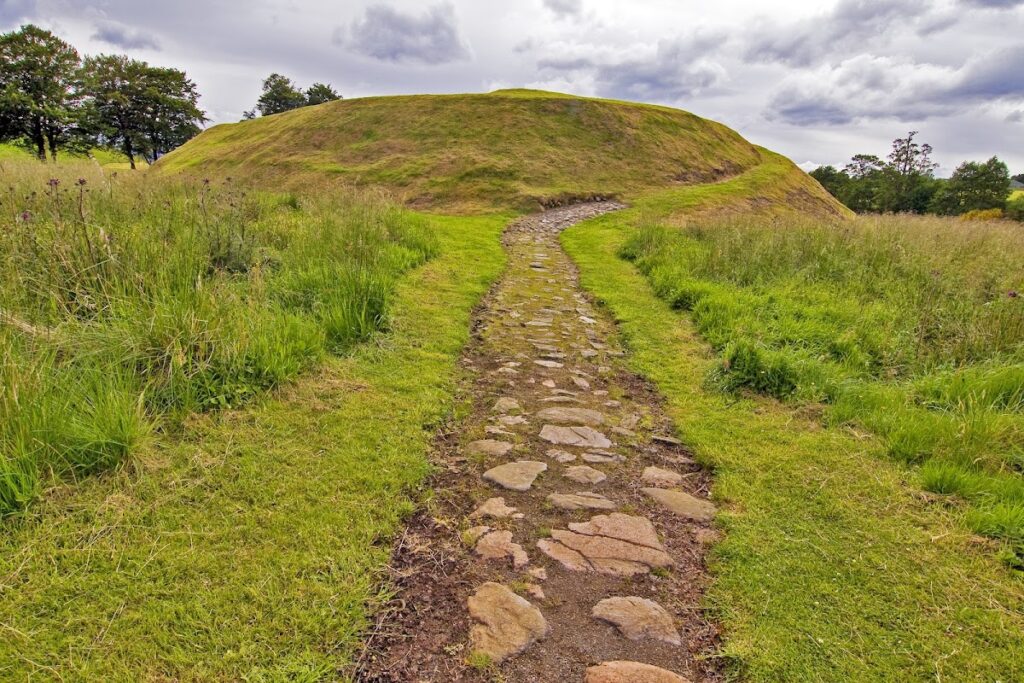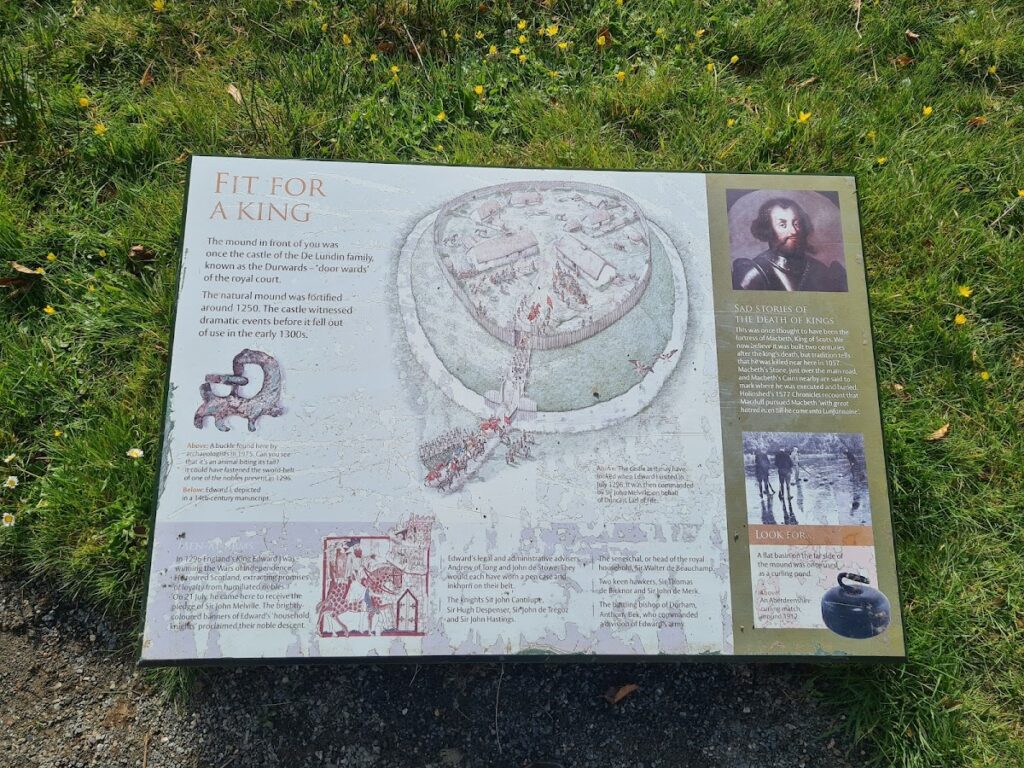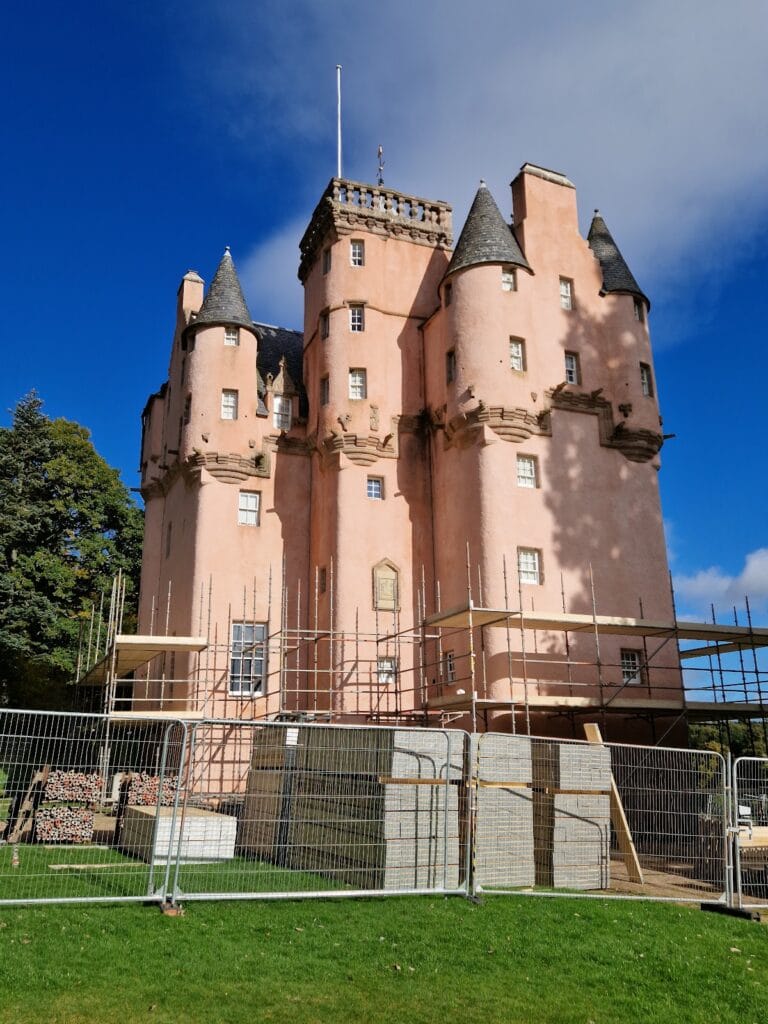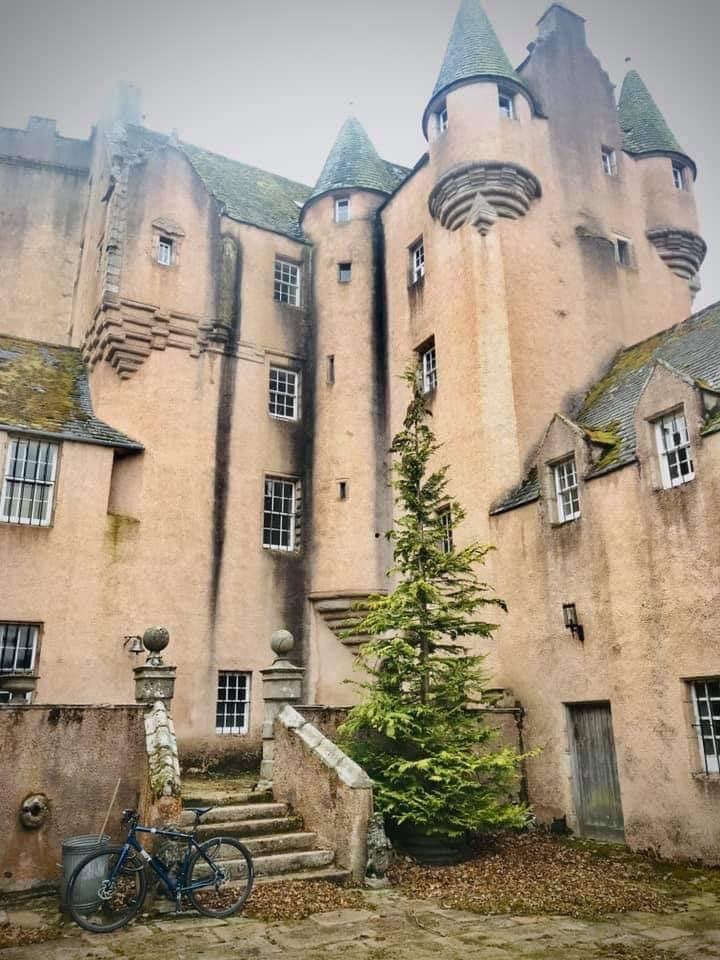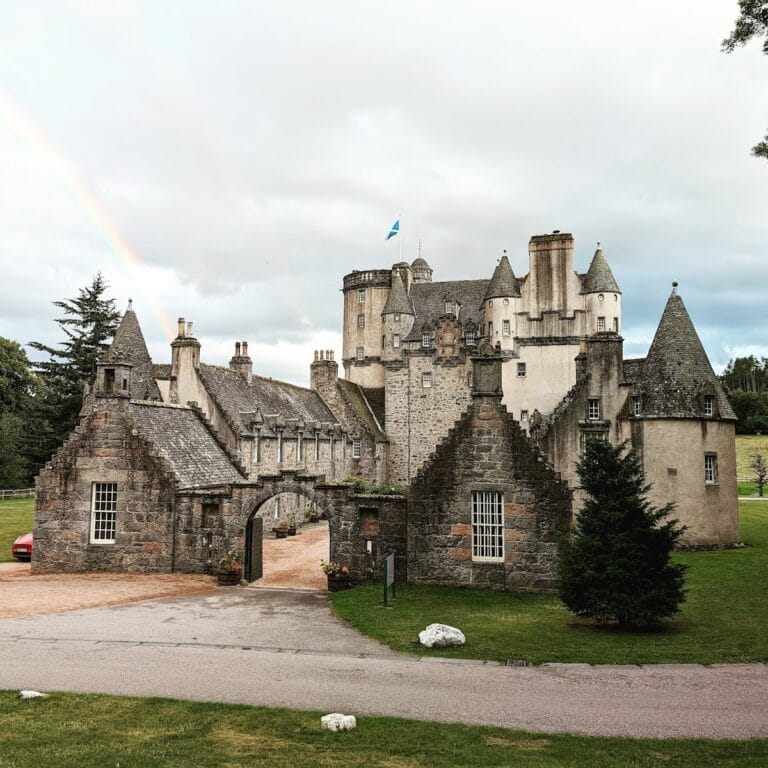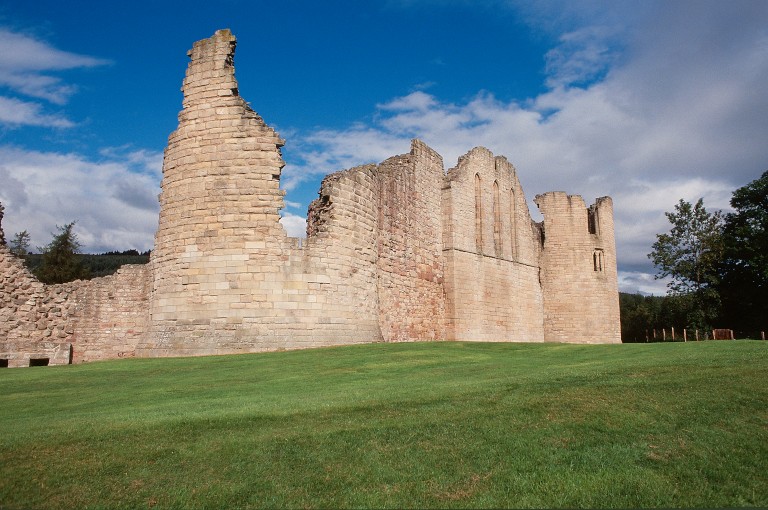Peel of Lumphanan: A Medieval Scottish Motte-and-Bailey Castle
Visitor Information
Google Rating: 4.4
Popularity: Very Low
Google Maps: View on Google Maps
Official Website: www.historicenvironment.scot
Country: United Kingdom
Civilization: Unclassified
Remains: Military
History
The Peel of Lumphanan is situated near the village of Lumphanan in Scotland and was built by members of the medieval Scottish nobility. Originating in the 13th century, this site is associated with the De Lundin family, who later adopted the surname Durward, following their acquisition of significant lands in the area around the year 1228.
During the mid-13th century, the Durwards constructed the peel primarily as a hunting lodge connected to their main home at Coull Castle, located roughly ten kilometers to the west. This use continued into the 14th century, after which the peel’s role shifted. Although the site is located close to where the Battle of Lumphanan took place in 1057, at which King Macbeth lost his life to Malcolm III, the peel itself had not yet been built at that time. Nearby, the Macbeth’s Stone marks the traditional place of Macbeth’s beheading and lies about 300 meters southwest of the motte.
In the late 13th century, the peel served a notable political moment when Sir John de Melville paid homage to Edward I of England there in 1296, during the early struggles known as the Scottish Wars of Independence. Soon after this event, the site was abandoned as a defensive structure and fell out of use in a military capacity.
Several centuries later, in 1487, a figure named Thomas Charteris of Kinfauns erected a residence called Halton House on the existing mound of the peel. This building was occupied only briefly and had decayed into ruins by the 18th century. Archaeological work in the 1970s revealed that a circular wall once believed to be a medieval defensive curtain was instead a later construction from the 18th century. Today, the Peel of Lumphanan is protected as a nationally important scheduled monument, recognized for its well-preserved earthwork defenses.
Remains
The Peel of Lumphanan features a classic motte-and-bailey layout developed around a natural mound that was deliberately increased in height to form a strong defensive position. The motte measures approximately 37 by 45 meters and is encircled by two ditches with an earthen bank between them. The outer bank rises to about four meters tall, while the inner ditch, which may have been water-filled, measures around 15 meters across. Over time, the outer ditch has become shallow and is now barely visible.
On the summit of the motte, remnants of a thick wall about one meter wide can be seen alongside the stone foundations of a rectangular building roughly 15 by 4 meters in size. This foundation corresponds to the Halton House constructed in the late 15th century. Entrance to the site was most likely on the west side, suggesting a planned access point. Originally, the ramparts would have been built using turf rather than stone, a common practice in medieval earthwork castles.
Significant archaeological investigations carried out in the 1970s clarified that the circular wall once interpreted as a medieval defensive curtain was in fact a product of the 18th century, built long after the peel’s primary defensive use had ended. The surrounding defensive earthworks, including the water-filled ditches, contribute to the site’s recognition as a noteworthy example of a motte castle with traditional water defenses, illustrating medieval fortification techniques adapted to the local landscape.
